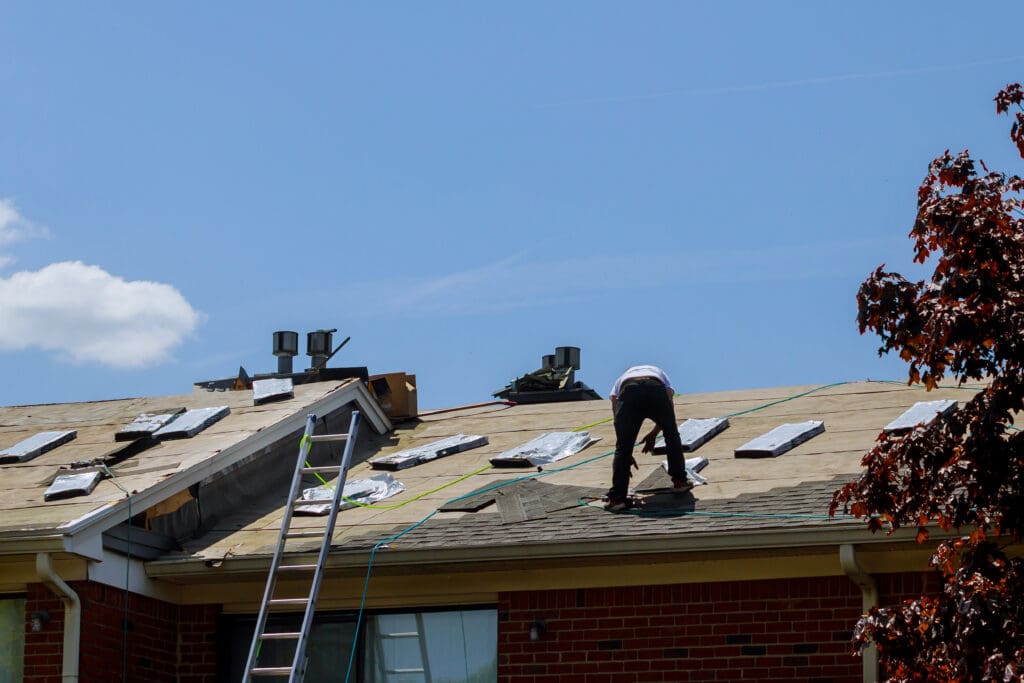Replacing your roof can be a daunting task, as it involves not only a significant investment but also a considerable amount of time and effort. One of the most important aspects of roof replacement is the timing of the project. Choosing the right time of the year to replace your roof can make all the difference in terms of efficiency, quality, and cost-effectiveness. In this blog post, we will discuss the ideal climate for roof replacement, so that you can make an informed decision about when to undertake this important maintenance task.
- Temperature: The ideal climate for roof replacement is when the temperature is moderate, neither too hot nor too cold. Extreme temperatures can negatively impact the sealing process and reduce the effectiveness of roofing materials. Therefore, it is best to schedule roof replacement during the spring or autumn when the temperature is between 45 and 85 degrees Fahrenheit. This temperature range is optimal for adhesives to bond and roofing materials to properly set.
- Humidity: Humidity is another important factor to consider when replacing your roof. High levels of humidity can cause moisture buildup, leading to mold growth and other issues with the roofing system. On the other hand, low humidity can cause the roofing materials to dry out too quickly, potentially damaging them. It is best to replace your roof when the humidity is between 40 and 50 percent, which is the ideal range for the proper installation of roofing shingles.

- Precipitation: Rain, snow, or hail can disrupt the roof replacement process, making it challenging for contractors to work efficiently and safely. Therefore, it is best to avoid scheduling roof replacement during the rainy or snowy season. If you must replace your roof during the rainy season, make sure to discuss the timeline and precautions with your contractor to ensure that the project is completed safely and effectively.
- Wind: Wind can also impact roof replacement, as it can knock down ladders, blow away loose shingles, and make it difficult to work on the roof. Therefore, it is best to schedule the project during a season with less windy conditions. If you live in an area prone to high winds, make sure to discuss the safety measures with your contractor to prevent accidents and damages.
- Contractor Availability: The ideal climate for roof replacement also depends on the availability of your contractor. Contractors tend to be busier during the peak season and may charge higher rates or take longer to complete the project. To avoid this, consider scheduling your roof replacement during the off-peak season when contractors are less busy and more likely to offer you their best rates.
Replacing your roof is a big decision that should not be taken lightly. By considering the ideal climate for roof replacement, you can ensure that the project is completed efficiently, effectively, and cost-effectively. If you are unsure about the timing of your roof replacement, consult with a professional roofing contractor who can provide you with expert guidance and advice. Remember, the condition of your roof plays a vital role in protecting your home and your loved ones, so make sure to prioritize its maintenance and care.





